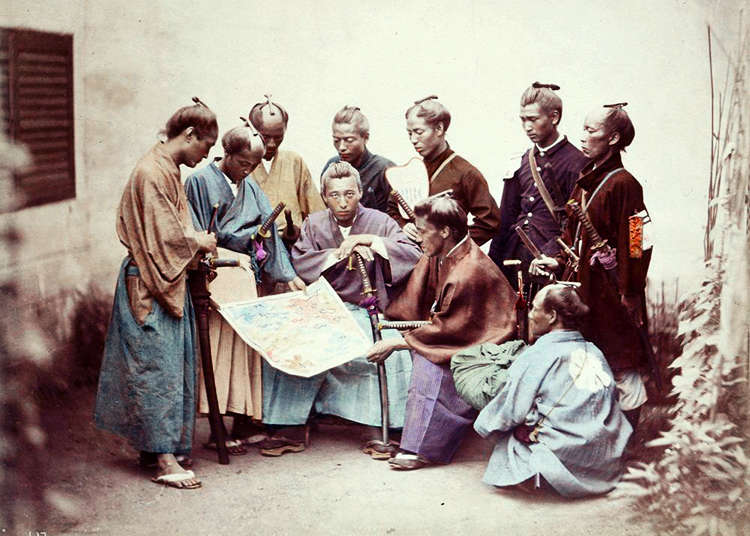
When being asked about the most distinctive thing about Japan, a lot of people will bring up the contrast and harmony between tradition and modernity in the contemporary Japanese society. But what exactly are these traditions and where did they come from? Understanding Japanese history also means understanding modern-day Japan better, so let’s take a quick look at the key events in Japanese history!
The Ancient Country of Wa
Prehistoric Japan’s Jōmon period, spanning from 12,000 BC to around 800 BC, is one of the earliest times in which Japanese culture started to express itself. The era gets its name from ancient pottery that were decorated by this early culture by pressing ropes and cords on wet clay to imprint a pattern – this cord embellishment is called jōmon.
While the society was one of gatherers and hunters, the people started to rely more on agriculture with the beginning of the Yayoi period (300 BC – 250 AD). This period marks the time of the utilization of paddy fields for rice cultivation, as well as a flourishing culture with the first social class hierarchy being established. In these times, the country of Japan was known as Wa.
Himiko: Japan’s First Shaman Queen
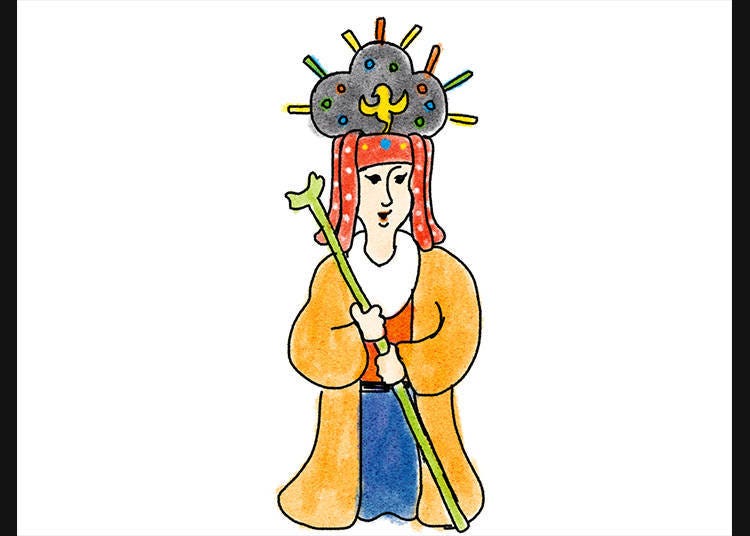
While Wa did have a ruler of its own, it was often defined by violent struggles for power and domination. According to ancient Chinese records, after an especially harsh seventy years of warfare that is known as the Civil War of Wa, people were yearning for peace. Attributing the turbulences to Wa’s male rulers, the population looked to a female ruler to take the throne – they found Himiko, a young woman who allegedly studied sorcery and magic and she then became the ruler of the dominion of Yamatai. The sorcery and magic that the sources speak about are likely references to early Shintō customs and rituals. This is why she is called a shaman queen. The Chinese records describe how her domain peacefully prevailed over the various other small countries within Wa, uniting the different domains under her rule.
She, along with her queendom of Yamatai, might be one of the most pondered upon things in Japanese history, as the sources differ and brought forth various theories of what her rule and the country looked like.
A Coup d'État Changing Japan
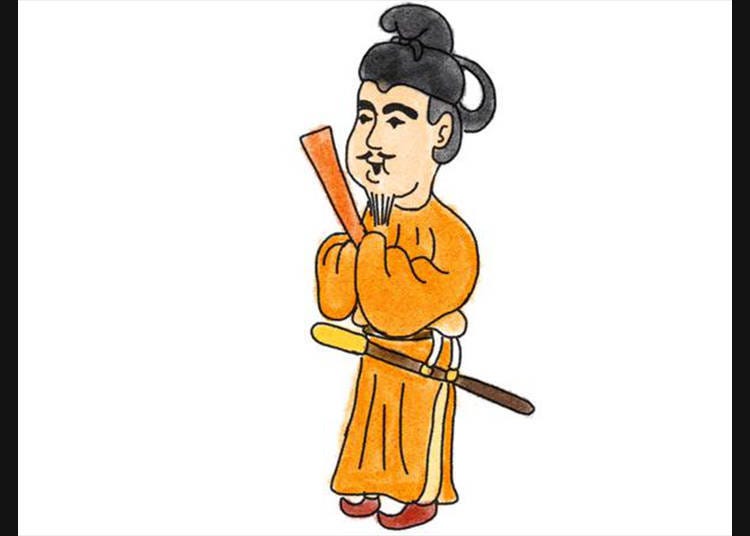
The center of the new, unified country was Yamato, ruled by Emperors of the world’s oldest monarchy – today’s Emperor descends from the very same line. The year of 538 marks the beginning of the Asuka period and the introduction of Buddhism to Japan, brought to the islands from Korea. The religion quickly gained a following and the most prominent advocate of Buddhism in Japan is Prince Shōtoku. Under his rule, Japan actually became Japan when he addressed the Chinese rulers with the sentence “From the sovereign of the land of the rising sun to the sovereign of the land of the setting sun." As such, Japan became known as the land of the rising sun, nihon.
Prince Shōtoku was affiliated with the Buddhist Soga clan who was extremely influential at the time, even pulling the strings behind the ruling Emperors. With time, the clan’s heads weren’t satisfied with their place in the shadow of the ruler and started to openly show their influence and power by presenting themselves just as if they were sovereigns, living in luxurious houses and building massive tombs for their family. This lead to the assassination of the prominent Soga clan head Soga no Iruka shorty after Prince Shōtoku’s death, and the destruction of the entire clan, called the Isshi Incident.
After this, Emperor Kōtoku established a set of rules and doctrines called the Taika Reforms, focusing on philosophies from China and used to center the country around the Imperial Court once more.
The International Character of the Nara Period
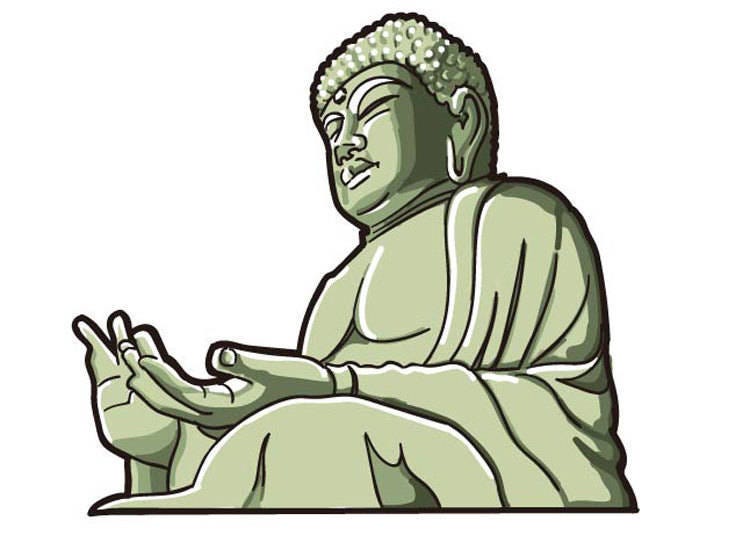
The Taika Reforms were only the first step, however. Throughout the Nara period (710 - 794), The Imperial Court made efforts to shape the political landscape of Japan after the China’s Tang Dynasty in a set of laws called the Ritsuryō system, consisting of a criminal code, an establishment of official court ranks, as well as many laws defining government and administration. As such, the society of the Nara period was deeply influenced by the Tang Dynasty, with strong and active diplomatic relations to China. The Kojiki and the Nihonshoki, Japan’s oldest historical documents, were written at the beginning of the Nara period, historical records that were meant to further legitimize the supreme rule of the Emperor.
It was also the time in which Buddhism flourished in which many of the major temples such as Daian-ji, Kofuku-ji, and Todai-ji, and the famous Great Buddha in Nara being built.
High Art and Culture in the Heian Period
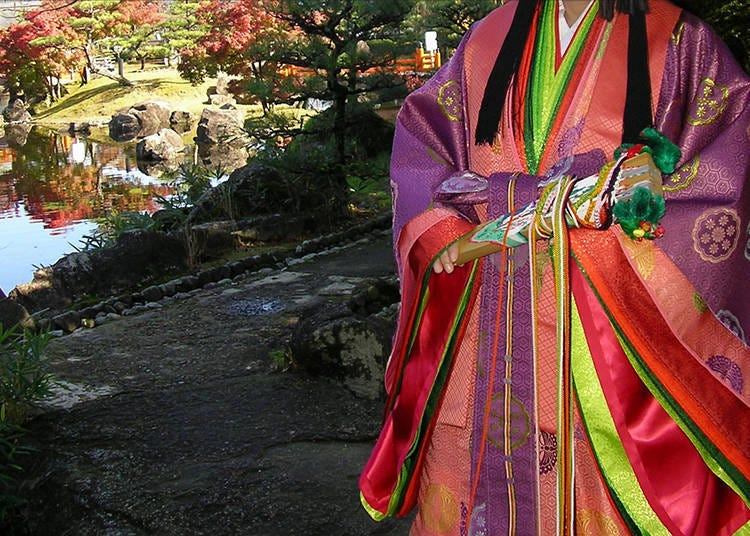
Lasting until 1185, it was the pinnacle of Imperial Court during which art and literature flourished. The world’s very first novel, Genji Monogatari, was written in the Nara Period by Murasaki Shikibu, as well as Sei Shōnagon’s Pillow Book, a vibrant accord of life at the Imperial court. A lot of ideas that today are considered traditionally Japanese emerged in this time, from the custom of blackening one’s teeth called ohaguro to the syllabic system of hiragana. One of the most prominent images representative of the time was the beauty of the court ladies. They wore an elaborate, twelve-layered kimono called a jūnihitoe, usually bright and colorful and worn with long black and silky hair.
While bringing forth a lot of distinctive culture, the power of the Imperial Court, which was riddled with internal power struggles, started to decline. The advancement of art had a negative effect on the administration of the country as the nobles shifted their attention towards cultural things rather than upholding the Ritsuryō system. Making use of this self-absorbed court, a lot of aristocratic families and influential shrines and temples started to build their own armies of samurai.
The Birth of the Shogunate
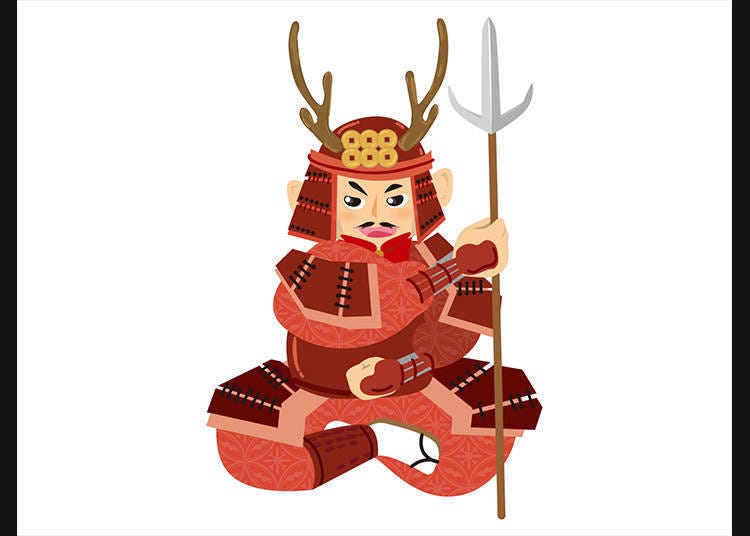
Needless to say, this development lead to a rather instable Japan and the military was gaining more and more strength. When a dispute over the succession of the throne erupted, leading to a rivalry between the influential military families of Taira, also called Heike, and Minamoto. This rivalry peaked in the bloody Genpei War (1180 - 1185) which erupted right after a coup d'état by the Taira and ended with the defeat of the Taira clan – the brutal war is theme of the famous account The Tale of the Heike, written in 1330.
After the war, Minamoto no Yoritomo, head of the Yoritomo clan, became the de facto ruler of Japan, seizing the power of the court and setting up his own government called the bakufu, a feudal system that is known as shogunate in English. The power to rule Japan had transferred from the Emperor to the shogun. The country was far from calm, however, as influential samurai families kept fighting for power in an atmosphere of constant tension and battles. This turbulent time was later known as the Sengoku period, or Warring States period (1467 – 1603).
Three Generals Shaping Japan
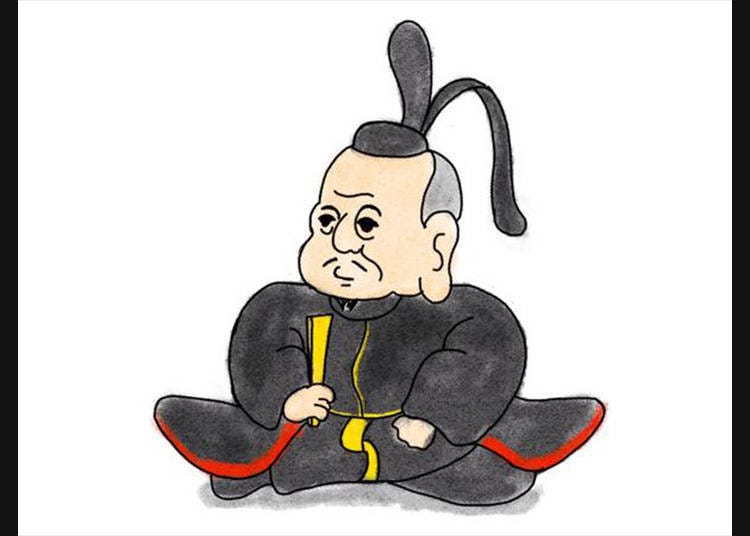
During this Warring States period, three generals shaped the fate of Japan in particular. Feudal lords, called daimyo, with their own army and their own retainers. Deceit and treason were common strategies during these times, the most famous probably being the assassination of Oda Nobunaga by his own vassal Mitsuhide Akechi who sought to control the many domains that the warlord had brought under his control, one step away from reuniting the country. The treason did not quite work out in Akechi’s favor, however, as Oda’s retainer Toyotomi Hideyoshi killed the traitor and succeeded Oda Nobunaga.
Together with Tokugawa Ieyasu, the last resistance to Toyotomi’s rule was defeated with the Hōjō clan and the siege on Odawara Castle. Having united the country under his rule, the sick Toyotomi Hideyoshi left the ruling to the Council of Five Elders, consisting of five of the most influential samurai families in japan – one of them was Tokugawa Ieyasu. After Toyotomi’s death in 1598, Tokugawa took matters into his own hand and first conquered Osaka Castle, the base of Toyotomi Hideyoshi’s son. This aggressive move caused yet another division of the country’s leaders into two parties – those behind Tokugawa Ieyasu and those behind a powerful feudal lord called Ishida Mitsunari. The two powers clashed in 1600 in the famous Battle of Sekigahara – due to various defections on the Ishida side, Tokugawa Ieyasu emerged victorious and established the Tokugawa Shogunate in 1603.
Edo, the Town and Time of the Common Folk
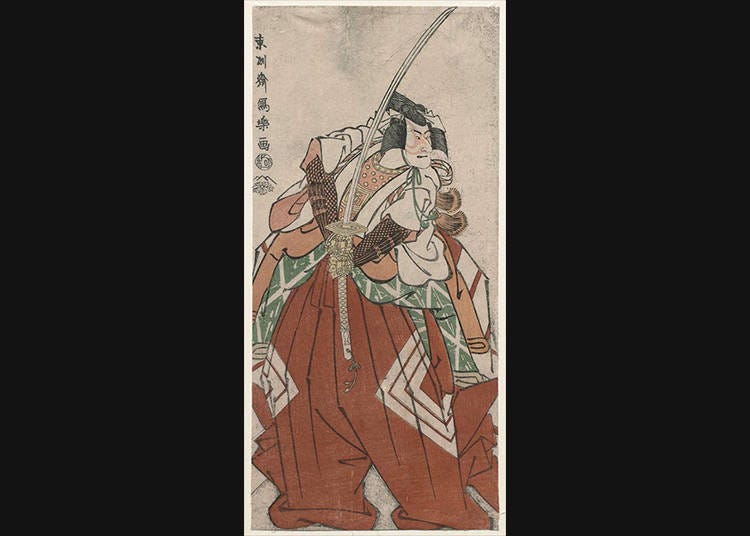
The leadership wasn’t the only thing that changed in japan during this time. The country’s capital was moved from Kyoto, where the imperial court was located, to Edo, the city that is today known as Tokyo. This is why 1603 marks the beginning of the Edo period, a time of peace and of a culture that wasn’t defined by nobles, but by the common people of Edo. A lot of now world-famous Japanese arts, such as ukiyo-e wood printing, kabuki theater, and the kimono as it is known today. A peaceful, stable country meant an advance in all sorts of technologies, making many things, particularly art and culture, which belonged almost exclusively to the upper classes before, a lot more accessible to commoners.
Kurofune: Harbringers of the End of the Edo Period
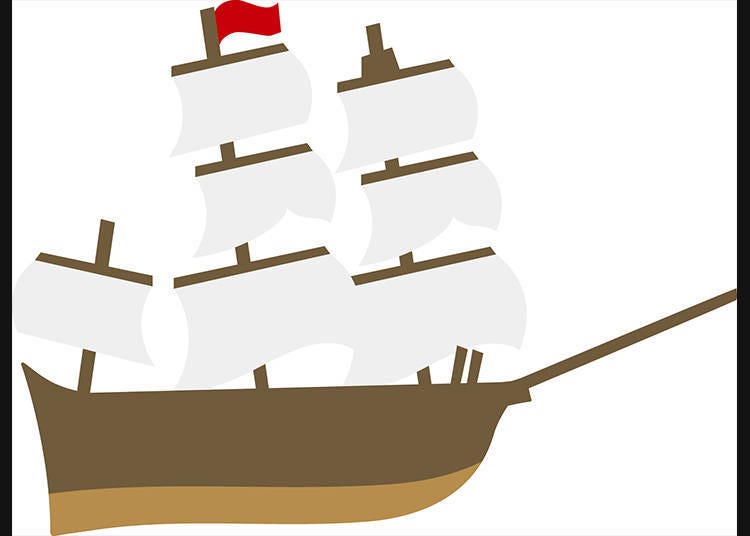
The year of 1853 marked the beginning of the end of the conflict-free Edo era, however. It was the year when the Black Ships, or kurofune, entered Edo Bay. These were, in fact, steam frigates commanded by Commodore Perry. The term black ship refers to the black smoke that was blown in the air by she ships’ engines, a sight that frightened Japanese commoners and nobility alike. Commodore Perry carried a letter by President Millard Fillmore, the 13th President of the United States, which demanded the end of Japan’s century-long isolation policy and ban on foreign trade, as well as a trade agreement between the two governments. Confronted with an overwhelming military power, the Shogunate had no choice but to abide and around one year later, the Treaty of Peace and Amity was signed, ending the Japan’s long seclusion. Not everybody agreed with this decision, however, and the country was once again on the brink of a civil war.
Farewell, Chonmage! From Shogun back to Emperor
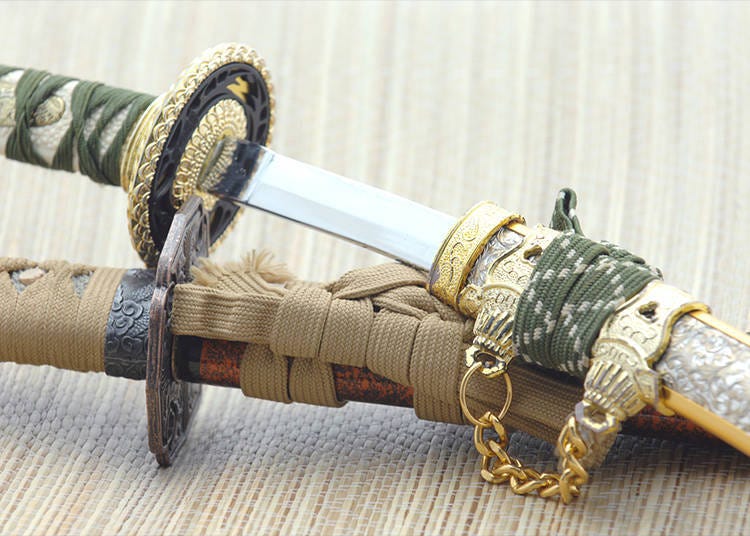
This conflict was carried out by two main groups: pro-imperial nationalists called ishin shishi who sought to raise the Emperor back to real power and to expel the “Western barbarians” from Japan, and the shogunate forces who were loyal to the military government led by the Shogun. These tensions led to the Boshin War where both forces clashed in various conflicts all around Japan. In the end, the imperial forces prevailed and the Shogunate surrendered in 1868 – the so-called Meiji Restoration took place, reinstating the Emperor as the one and only ruler of Japan and abolishing the Shogunate’s military government once and for all.
The same-named Meiji period also brought cultural changes, however. With the influence of the West, fashion started shifting from traditional Japanese garments to suits, pants, and dresses. Even the chonmage, the famous half-shaved samurai hairstyle was hardly seen anymore. As rapidly as Japan had adopted Western fashion standards, it also underwent a modernizing industrialization in an incredibly short amount of time.
Becoming an Economic Power in Asia
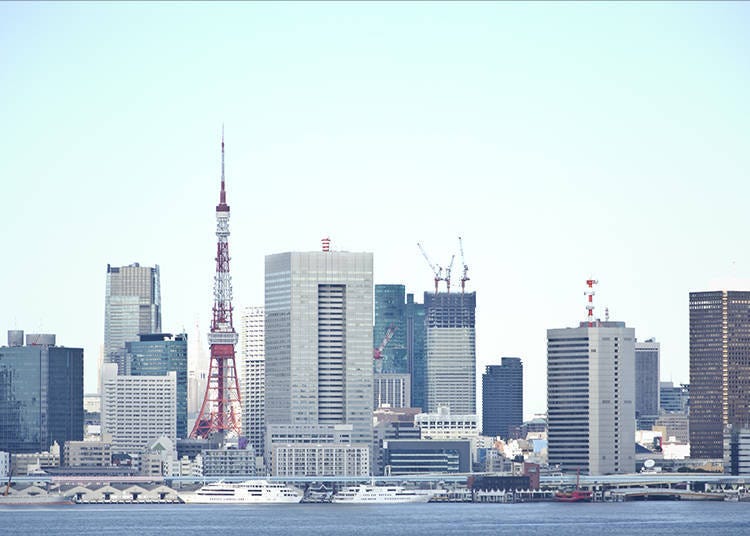
The rapid technological advance led to Japan being eye to eye with the West just a few decades later. In the First World War in 1914, the country was an ally of the Triple Entente, consisting of France, the United Kingdom, and Russia, who fought against Germany and Austria-Hungary. Japan managed to seize territory in the Pacific from the defeated Germans and thus increased both its political and military power.
When World War II broke out in 1939, Japan was part of the Axis, along with Hitler Germany and Mussolini’s Italy. While the country managed to capture large parts of Asia, it was ultimately defeated by the United States of America and surrendered in 1945. After years of democratization and occupation, Japan joined the Western Bloc in 1952 and experienced a massive economic boom throughout the 60s and 70s, making it one of the world’s strongest economies once more. Products from Japan as well as Japanese ingenuity are highly regarded even today.
*Prices and options mentioned are subject to change.
*Unless stated otherwise, all prices include tax.
Limited time offer: 10% discount coupons available now!
Recommended places for you
-

Jukuseiniku-to Namamottsuarera Nikubaru Italian Nikutaria Sannomiya
Izakaya
Kobe, Sannomiya, Kitano
-
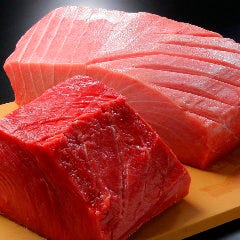
Kamesushi Sohonten
Sushi
Umeda, Osaka Station, Kitashinchi
-
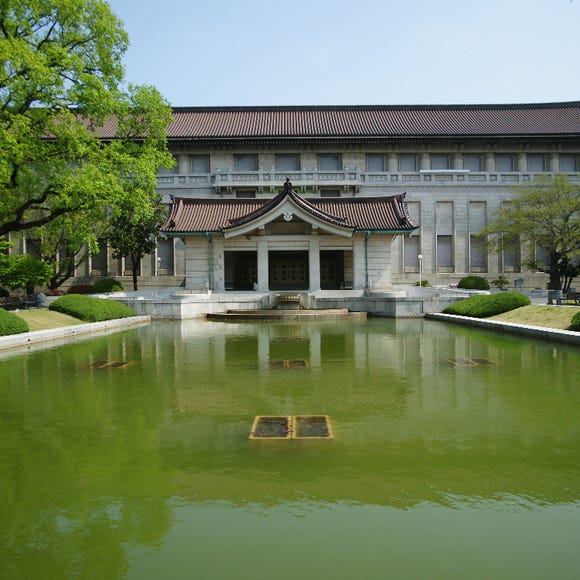
TOKYO NATIONAL MUSEUM
History Museums
Ueno
-
Goods

Yoshida Gennojo-Roho Kyoto Buddhist Altars
Gift Shops
Nijo Castle, Kyoto Imperial Palace
-
Appealing
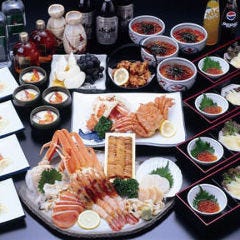
Rukku and Uohei
Izakaya
Sapporo / Chitose
-
Menu
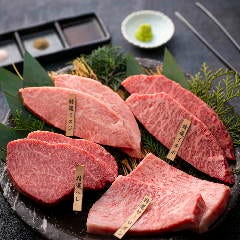
ISHIDAYA Hanare
Yakiniku
Kobe, Sannomiya, Kitano
-

Best Things to Do in Tokyo in April 2024: Events, Festivals & More
-

The CASIO S100: How CASIO's Masterpiece Calculator Redefines Business Elegance With Japan-Made Reliability
-

The Complete Guide to the Kintetsu Rail Pass
-

Step Into the Story: Inside Immersive Fort Tokyo
-

15 Must-Try Sushi Restaurants in Tokyo (+5 Trending Areas to Explore for Foodies)
-

12 Unique & Fun Tokyo Food Tours to Enjoy in 2024
-

Complete Shopping Guide to the Best Sendai Shopping Malls
-

Hokkaido Lavender Fields: 6 Best Places in Furano to See Japan's Dreamiest Purple Meadows
-

Date Masamune: Discovering the Mysteries of Sendai's “One-Eyed Dragon”
-
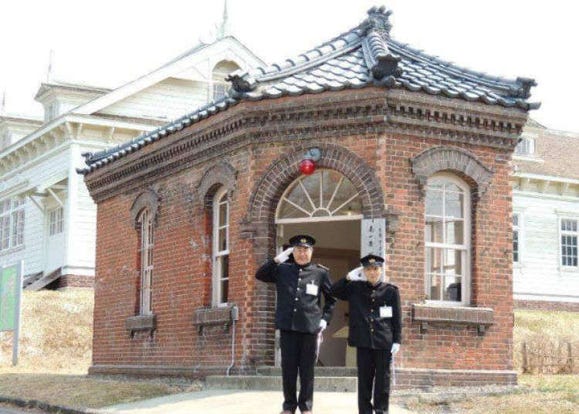
Historical Village of Hokkaido: Visit the 'Pioneer Village' That Inspired A Popular Manga Series
-
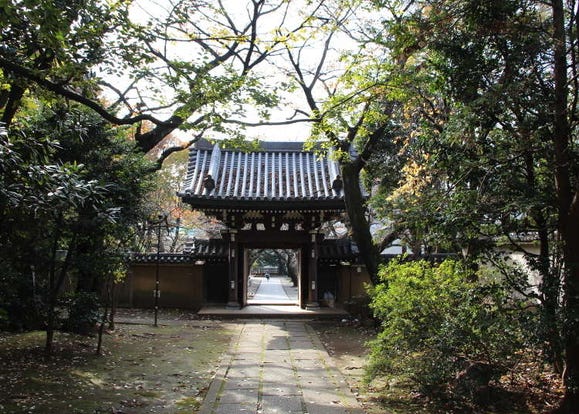
Zoshigaya: Explore Tokyo’s unknown side
-

Numazuko Kaisho in Ueno: Good Quality, All-You-Can-Eat Seafood for Just US$12!?
- #best sushi japan
- #what to do in odaiba
- #what to bring to japan
- #new years in tokyo
- #best ramen japan
- #what to buy in ameyoko
- #japanese nail trends
- #things to do japan
- #onsen tattoo friendly tokyo
- #daiso
- #best coffee japan
- #best japanese soft drinks
- #best yakiniku japan
- #japanese fashion culture
- #japanese convenience store snacks












